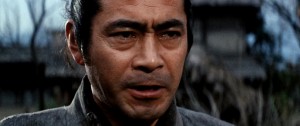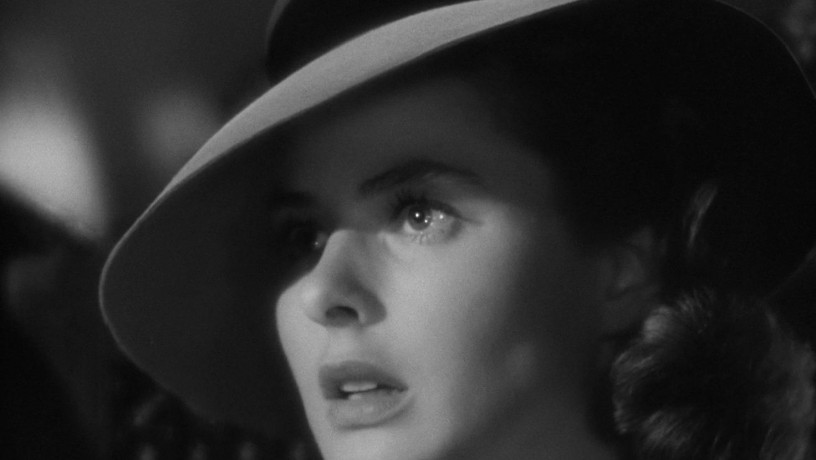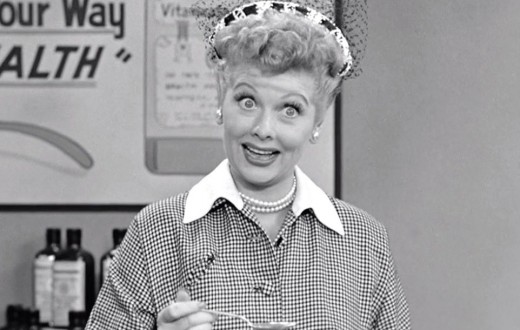In the realm of acting, the significance of silence is frequently disregarded. Numerous actors prioritize their spoken lines, conveyed emotions, and physical gestures. Nevertheless, the potential of silence should not be underestimated. Skillfully employing moments of silence can elevate a performance, generate suspense, and mesmerize spectators.
The actor’s toolkit is enhanced by the potency of silence, as it allows for the expression of emotions and thoughts without depending on spoken language. By utilizing physicality, facial cues, and delicate movements, the actor can communicate a wealth of information. When employed skillfully, silence has the ability to convey a multitude of emotions and establish a profound bond with the audience.
One of the fundamental aspects of utilizing silence is active listening. By listening attentively to their scene partners, actors can respond in a genuine and natural manner. This active listening involves not just hearing the words spoken but also understanding the subtext and the emotional undercurrents beneath the dialogue. It requires the actor to be fully present in the moment and to react authentically to their surroundings.
The power of silence is particularly evident in moments of heightened tension or conflict. When a character is faced with a significant choice or a crucial turning point, silence can amplify the stakes and create a sense of anticipation. By withholding words, the actor invites the audience to project their own interpretations onto the scene, generating a level of engagement and emotional investment that would be difficult to achieve with dialogue alone.
The absence of words can also serve as a potent means of expressing intricate emotions. During times of sorrow, bereavement, or self-reflection, silence can be more impactful than any lengthy speech. By letting feelings simmer beneath the surface, an actor has the capacity to convey a profound inner turmoil or vulnerability that deeply resonates with the audience. The actor’s skill lies in their aptitude for communication beyond mere words.
During times of sorrow, bereavement, or self-reflection, the lack of words can carry a stronger impact than any speech. By permitting emotions to remain unspoken but deeply felt, an actor can convey a profound inner turmoil or fragility that deeply touches the audience. The actor’s capacity to communicate without depending solely on verbal expression holds the key to this power.
Silence can be used to create a sense of rhythm and pacing within a performance. Just as a composer uses rests and pauses in music to create tension and build anticipation, actors can use strategic moments of silence to guide the flow of a scene. By varying the tempo and intensity of the silence, an actor can control the emotional arc of their character and the overall narrative.
Another aspect of harnessing the power of silence is the effective use of stillness. In a world filled with constant movement and noise, stillness can be incredibly compelling. By deliberately slowing down and embracing stillness, an actor can command attention and draw focus to their presence. The contrast between motion and stillness can be a captivating theatrical device, highlighting the significance of a character’s actions or thoughts.
Actors need to develop a profound self-assurance and trust in both themselves and their colleagues. They should feel at ease with moments of silence and refrain from feeling compelled to fill them with unnecessary actions or sounds. This demands self-control and an openness to the unfamiliar, enabling the transformative influence of silence to take effect. This drives me nuts because I like to talk. Even right now, I have the desire to continue writing.
The power of silence can also have practical advantages for actors. It can help them develop a stronger stage presence, as well as improve their ability to engage with the audience and command attention. Moreover, by mastering the art of silence, actors can become more adept at communicating non-verbally, which can be invaluable in auditions and on-screen performances where dialogue may be limited.

By attentively listening, embracing tranquility, and having faith in nonverbal communication, actors can access the profound and subtle aspects that silence brings. Therefore, when you find yourself on stage or facing a camera, keep in mind the potency of silence and allow it to convey a multitude of emotions in your portrayal.
Below are some examples to draw from:
Anthony Hopkins is renowned for his adeptness at utilizing silence in his acting. Among his most memorable portrayals is that of Hannibal Lecter in “The Silence of the Lambs.” Throughout the movie, Hopkins’s character emanates an understated yet formidable energy, frequently communicating volumes through a mere glance or a faint grin rather than relying on dialogue. This controlled and restrained portrayal not only garnered him an Academy Award but also served as a striking demonstration of silence’s ability to construct a mesmerizing and disconcerting persona.
Silence was employed by Marlon Brando as a potent acting tool, making him a trailblazer in this technique. In the movie “On the Waterfront,” Brando’s character, Terry Malloy, delivers a profoundly intense monologue, yet it is the subsequent moments of silence that truly leave an impact. Brando’s capacity to communicate a multitude of emotions and inner turmoil through his facial expressions and body language during these silent intervals serves as evidence of the ability of silence to evoke profound emotional reactions from viewers.
Japanese actor Toshiro Mifune was a master at utilizing silence to create captivating performances. In Akira Kurosawa’s films, such as “Seven Samurai” and “Yojimbo,” Mifune often portrayed stoic and enigmatic characters. Through his expressive eyes and controlled physicality, Mifune communicated complex emotions and inner turmoil, allowing silence to speak volumes about his characters’ motivations and internal struggles.
Ingrid Bergman was a versatile actress known for her ability to convey deep emotions with subtlety. In the classic film “Casablanca,” her character Ilsa Lund often communicates as much through her silence as she does through her dialogue. Bergman’s ability to convey longing, conflict, and love through her expressive eyes and restrained gestures adds layers of depth to her performance.
Jean Dujardin’s performance in the silent film “The Artist” demonstrates how silence can be used as a central storytelling element. The absence of dialogue in the film requires Dujardin to rely solely on his physicality and facial expressions to convey emotions and drive the narrative. Through his expressive performance, Dujardin captivates audiences and demonstrates the power of silence in creating a poignant and engaging story.







